40 parts of a microscope labeled
microscopespot.com › the-parts-of-a-microscopeParts of a Microscope – The Comprehensive Guide Microscope Parts Labeled: 1. Eyepiece Lens and Eyepiece Tube 2. Objective Lens 3. Tube 4. Base 5. Arm 6. Illuminator 7. Stage or platform 8. Stage Clips 9. Rotating Turret or Nosepiece 10. Rack Stop 11. Condenser Lens 12. Iris or Diaphragm 13. Coarse Adjustment Knob 14. Fine Adjustment Knob 15. ... › parts-of-a-compound-microscopeMicroscope Parts and Functions Body tube (Head): The body tube connects the eyepiece to the objective lenses. Arm: The arm connects the body tube to the base of the microscope. Coarse adjustment: Brings the specimen into general focus. Fine adjustment: Fine tunes the focus and increases the detail of the specimen.
bio.libretexts.org › Bookshelves › Biotechnology1.5: Microscopy - Biology LibreTexts Sep 9, 2021 · The microscope uses bright light to illuminate through the specimen and provides an inverted image at high magnification and resolution. There are two lenses that magnify the image of the specimen – the objective lens on the nosepiece and the ocular lens (or eyepiece).

Parts of a microscope labeled
microbeonline.com › parts-of-microscope-and-their-functionsParts of a Microscope with Their Functions • Microbe Online Oct 12, 2022 · Parts of Compound Microscope Illuminator (Light Source) Diaphragm (Iris) Condenser Aperture Stage Objective lens Body Tube Ocular Lens (eye-piece) Coarse and Fine Adjustment Knob Arm Base Microscope Worksheet The Light Microscope Light microscopes are used to examine cells at relatively low magnifications. laboratoryinfo.com › labeling-parts-of-the-microscopeParts of the Microscope with Labeling (also Free Printouts) Mar 7, 2022 · Parts of the Microscope with Labeling (also Free Printouts) 1. Eyepiece. it is the topmost part of the microscope. Through the eyepiece, you can visualize the object being studied. Its magnification capacity ... 2. Body tube/Head. 3. Turret/Nose piece. 4. Objective lenses. 5. Knobs (fine and coarse) ... › resources › 1030-microscope-partsMicroscope parts — Science Learning Hub May 12, 2008 · Activity Microscope parts Resource Add to collection In this activity, students identify and label the main parts of a microscope and describe their function. By the end of this activity, students should be able to: identify the main parts of a microscope describe the function of the different parts of a microscope.
Parts of a microscope labeled. › t-labeling_microscope_partsLabeling the Parts of the Microscope | Microscope World Resources Labeling the Parts of the Microscope. This activity has been designed for use in homes and schools. Each microscope layout (both blank and the version with answers) are available as PDF downloads. You can view a more in-depth review of each part of the microscope here. › resources › 1030-microscope-partsMicroscope parts — Science Learning Hub May 12, 2008 · Activity Microscope parts Resource Add to collection In this activity, students identify and label the main parts of a microscope and describe their function. By the end of this activity, students should be able to: identify the main parts of a microscope describe the function of the different parts of a microscope. laboratoryinfo.com › labeling-parts-of-the-microscopeParts of the Microscope with Labeling (also Free Printouts) Mar 7, 2022 · Parts of the Microscope with Labeling (also Free Printouts) 1. Eyepiece. it is the topmost part of the microscope. Through the eyepiece, you can visualize the object being studied. Its magnification capacity ... 2. Body tube/Head. 3. Turret/Nose piece. 4. Objective lenses. 5. Knobs (fine and coarse) ... microbeonline.com › parts-of-microscope-and-their-functionsParts of a Microscope with Their Functions • Microbe Online Oct 12, 2022 · Parts of Compound Microscope Illuminator (Light Source) Diaphragm (Iris) Condenser Aperture Stage Objective lens Body Tube Ocular Lens (eye-piece) Coarse and Fine Adjustment Knob Arm Base Microscope Worksheet The Light Microscope Light microscopes are used to examine cells at relatively low magnifications.



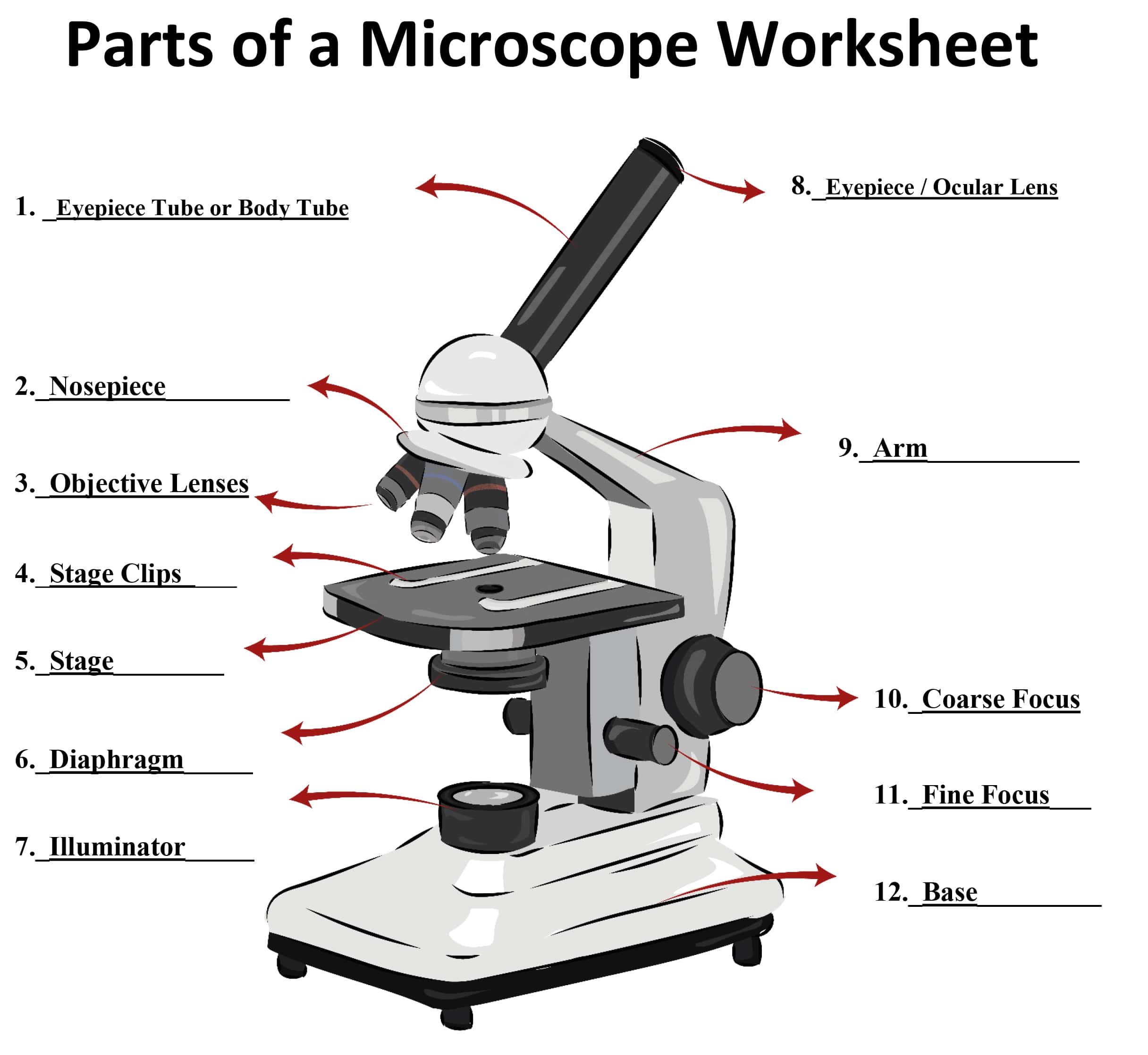




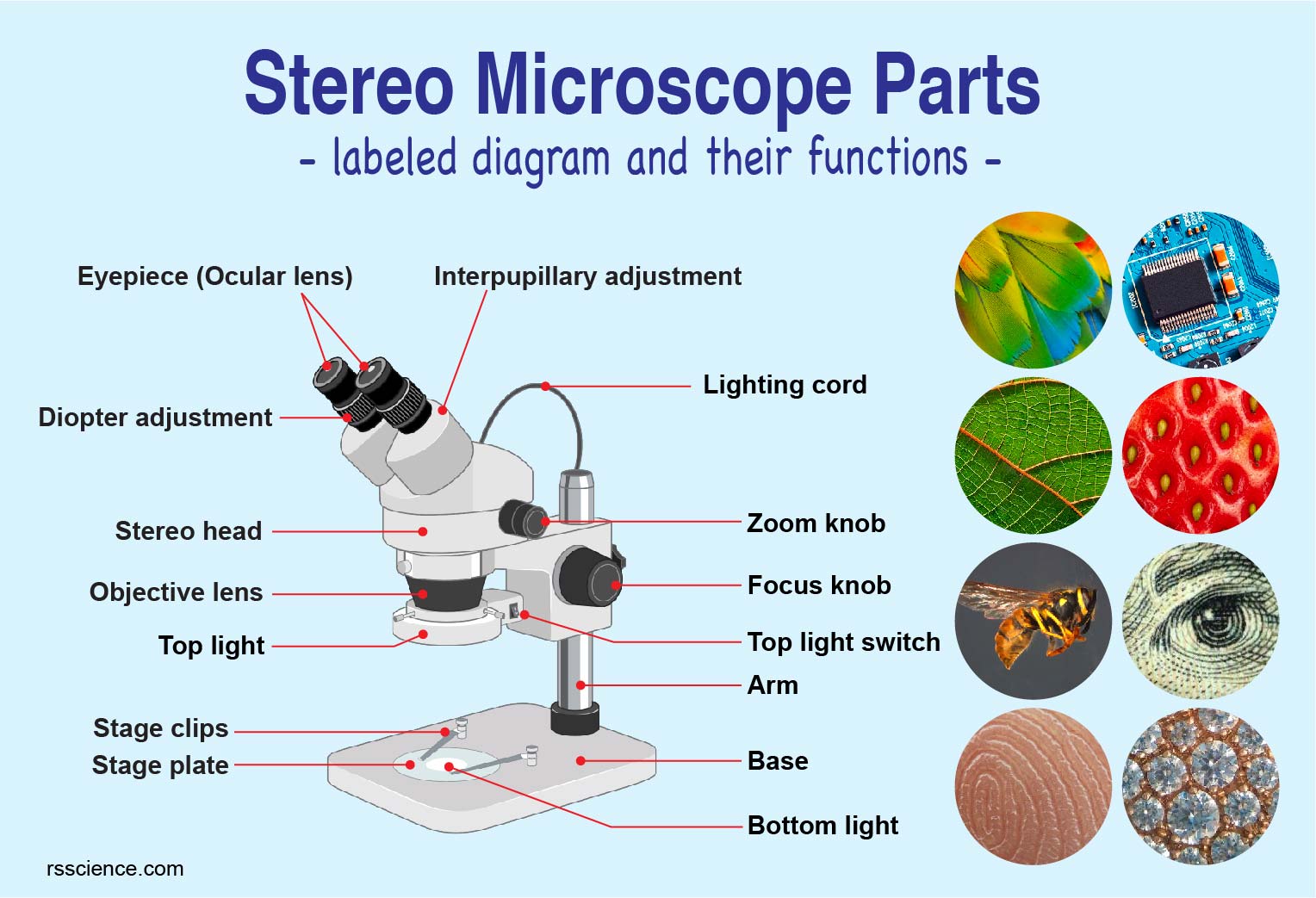

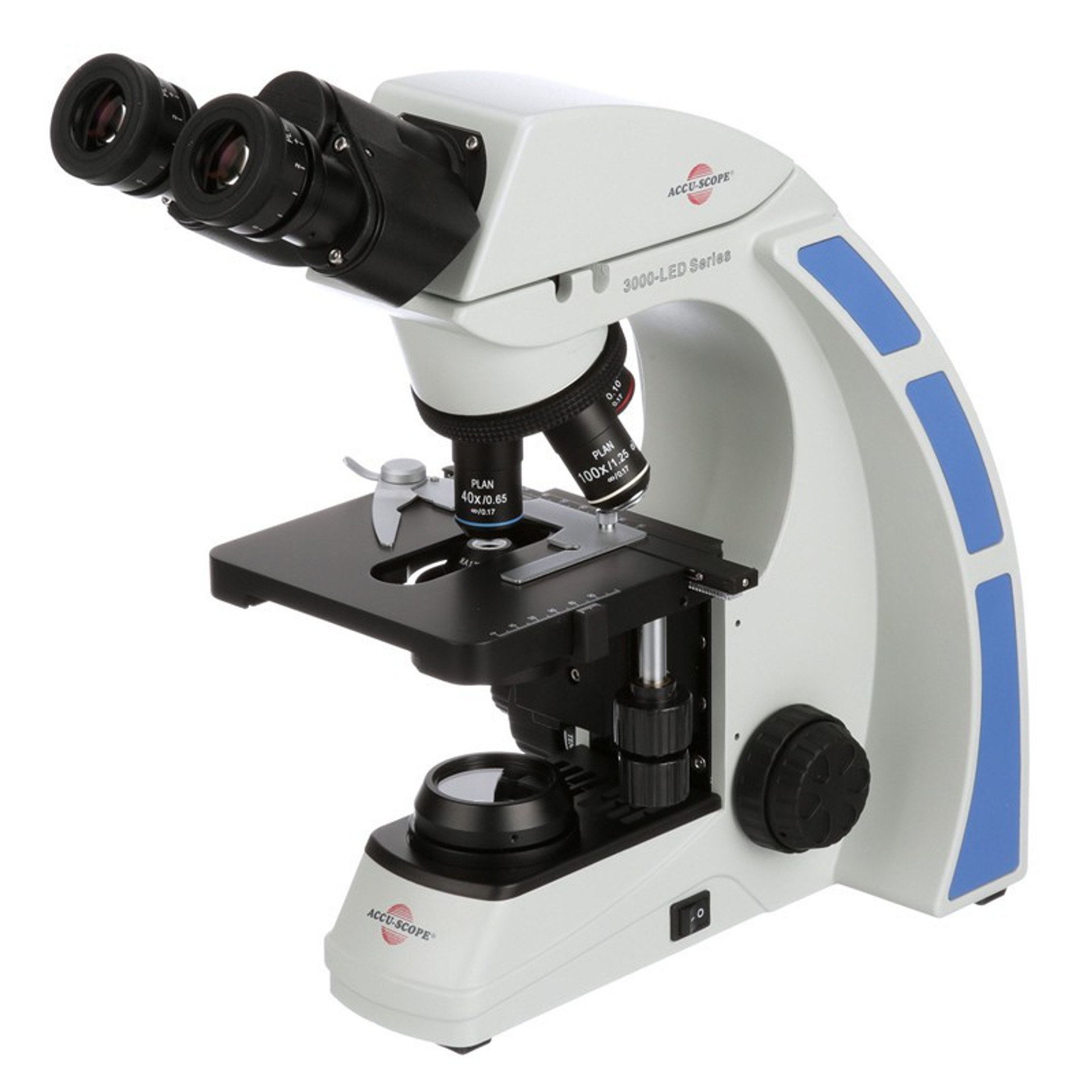
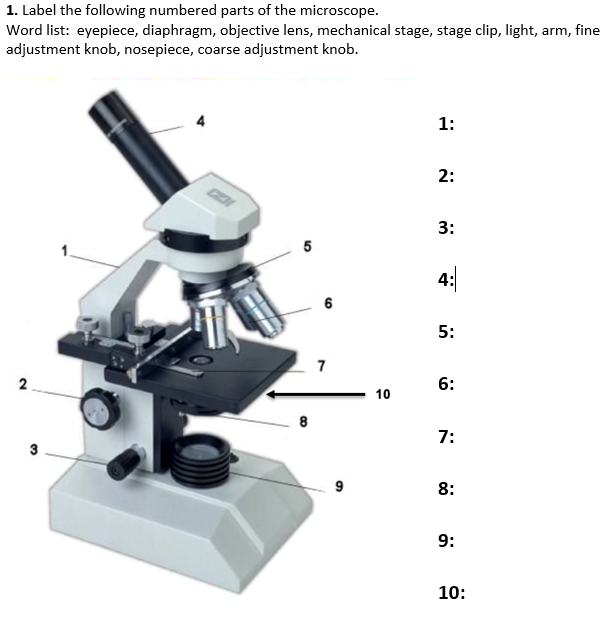
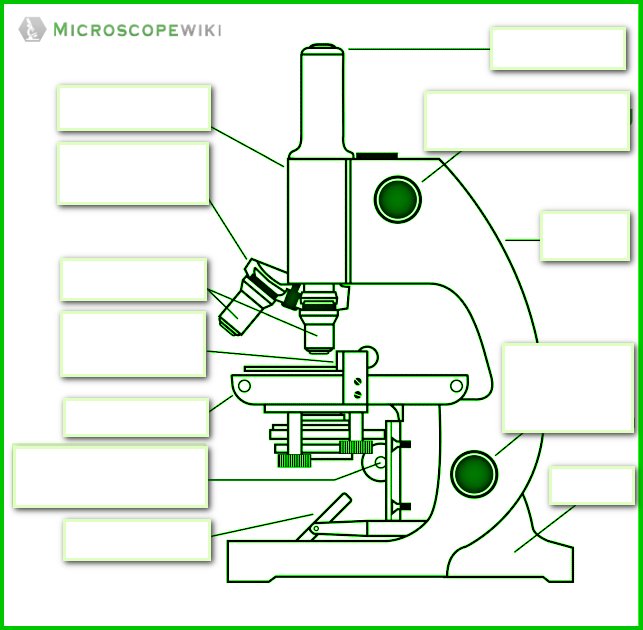

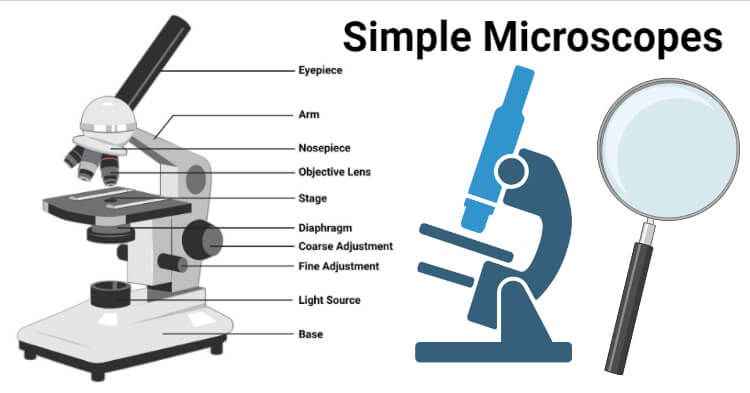
(159).jpg)



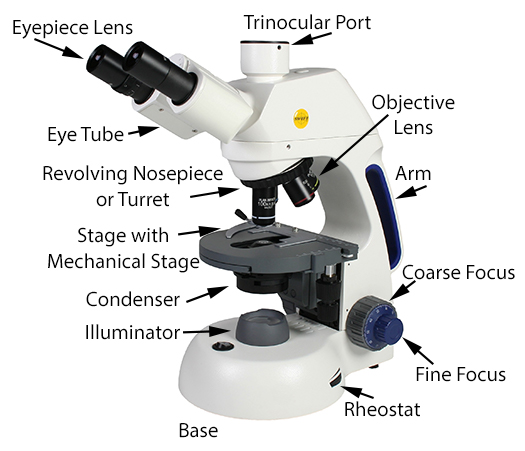
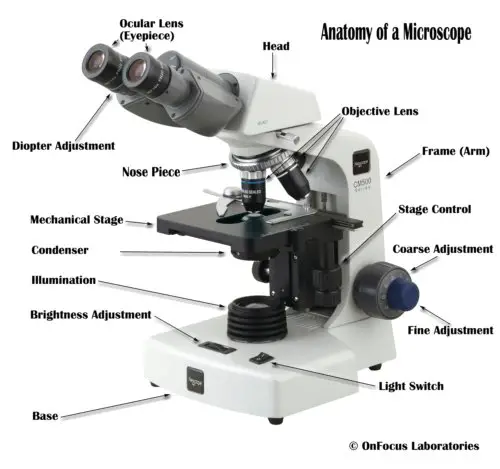
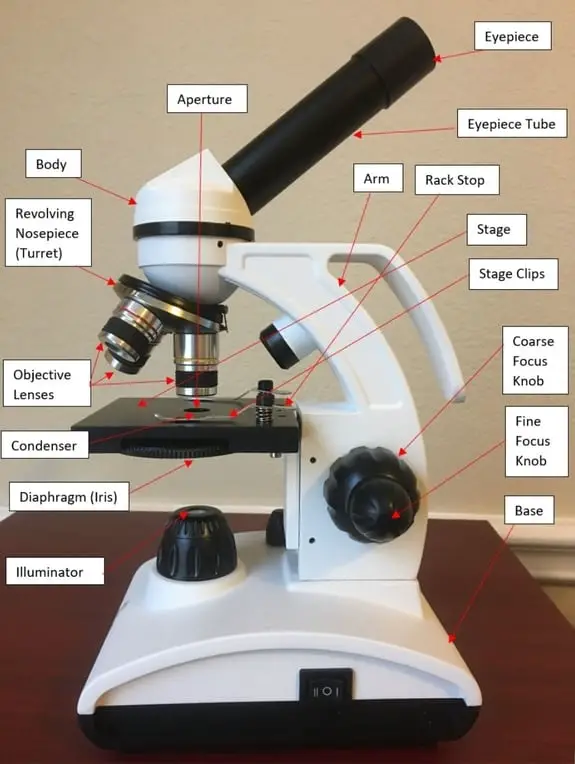
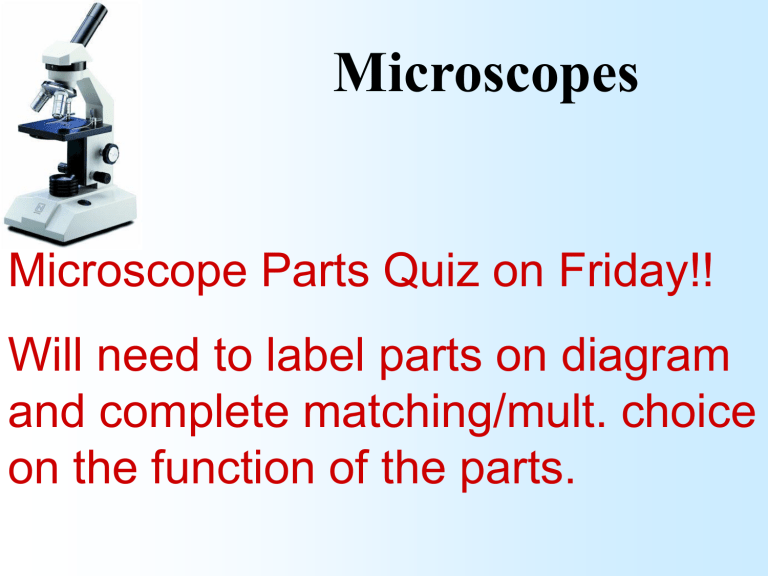
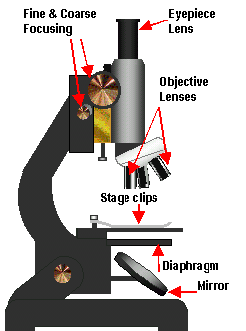

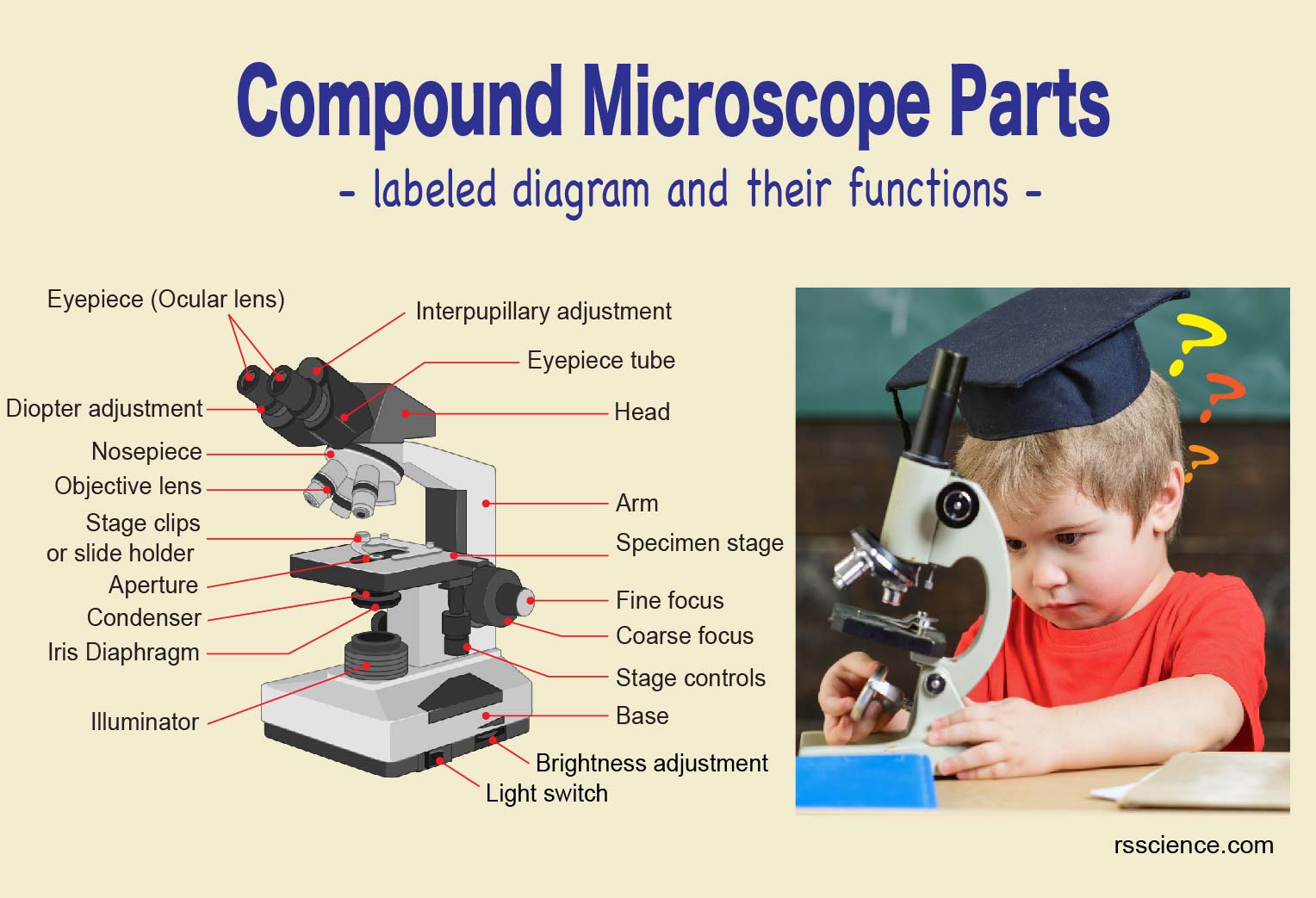
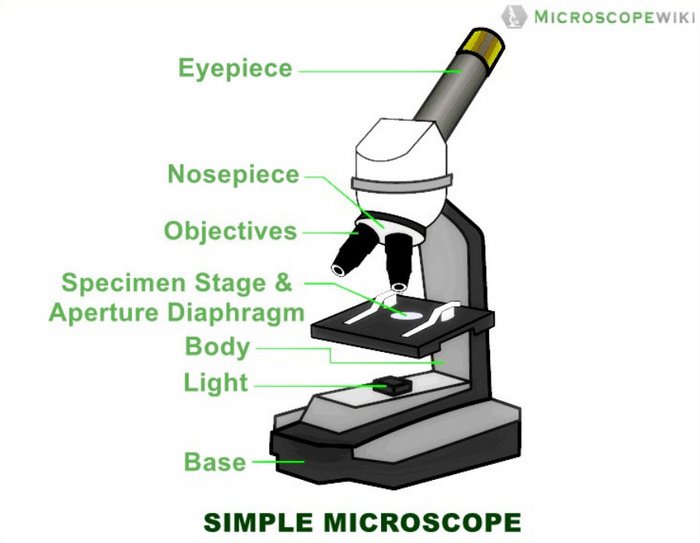
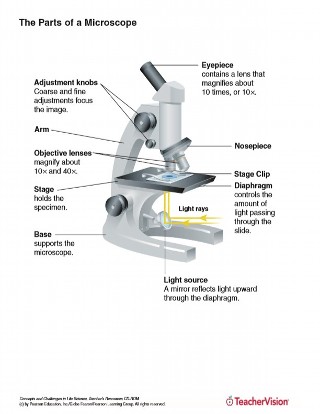

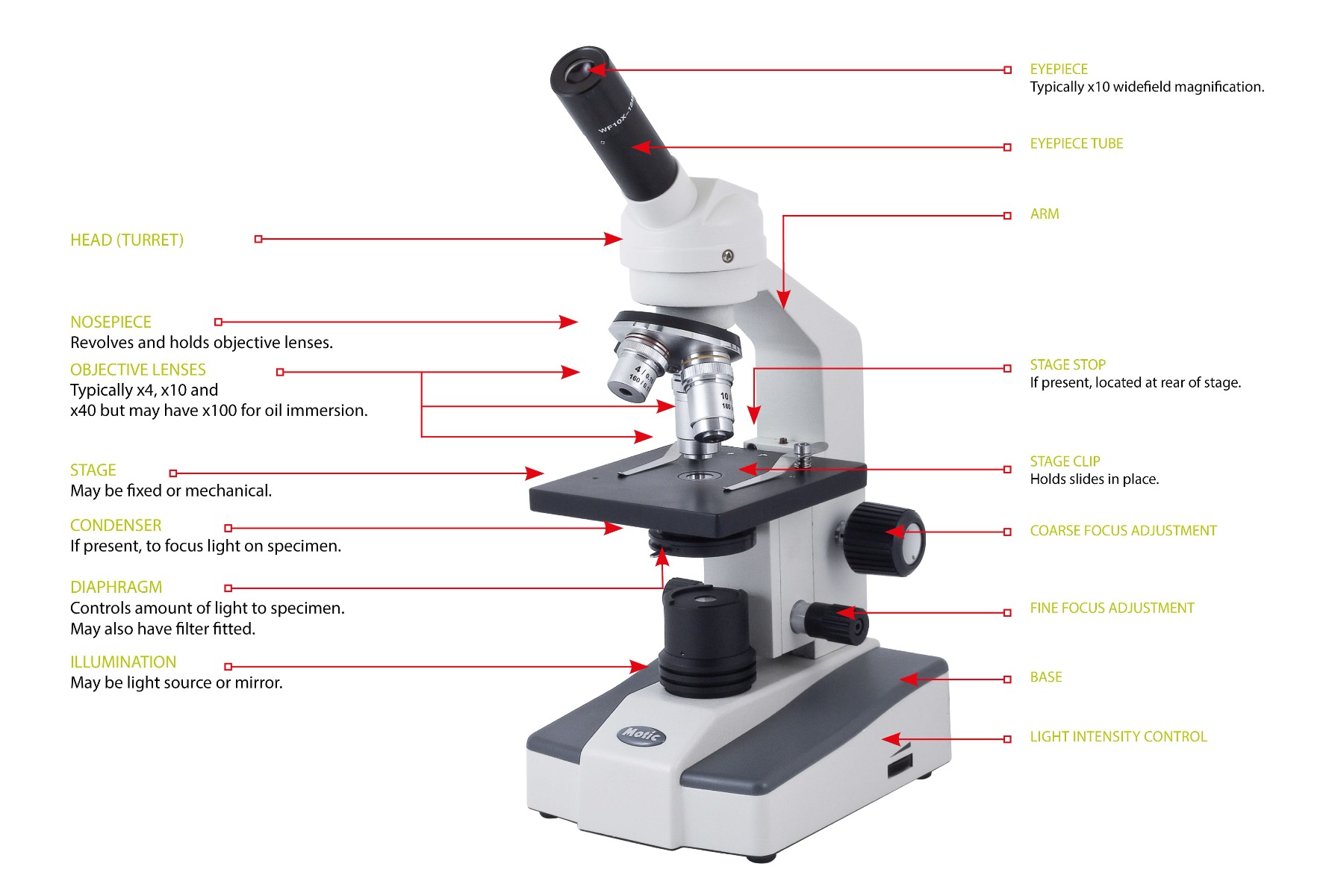





Komentar
Posting Komentar